Driving In Japan: From Obtaining Your License To Navigating The Roads
Your guide to getting on the road in Japan
Despite those convenient trains, there are times when a girl's gotta drive.
Most Tokyoites don’t need a car for day-to-day life. However, whether you want to take the kids camping, fit your Nitori purchases in the back of a four-seater, or need to drive for work, learning to drive in Japan can really come in handy. For expats with disabilities or who are carers, a car might be a necessity not a luxury. It can also be fun to whip out your Japanese driving license instead of your residence card as ID to win maximum integration points. If you want to get on the road, this is what you need to do.
International Driving Permits
If you only need to drive in Japan for a short while, getting an International Driving Permit (IDP) from your own country can be a good option. IDPs will allow you to drive in Japan for up to 12 months. However, if you want to drive in Japan long term, purchase a vehicle or have more flexibility in the cars you can rent, you should probably get an actual Japanese license.
Obtaining a Japanese Driving License
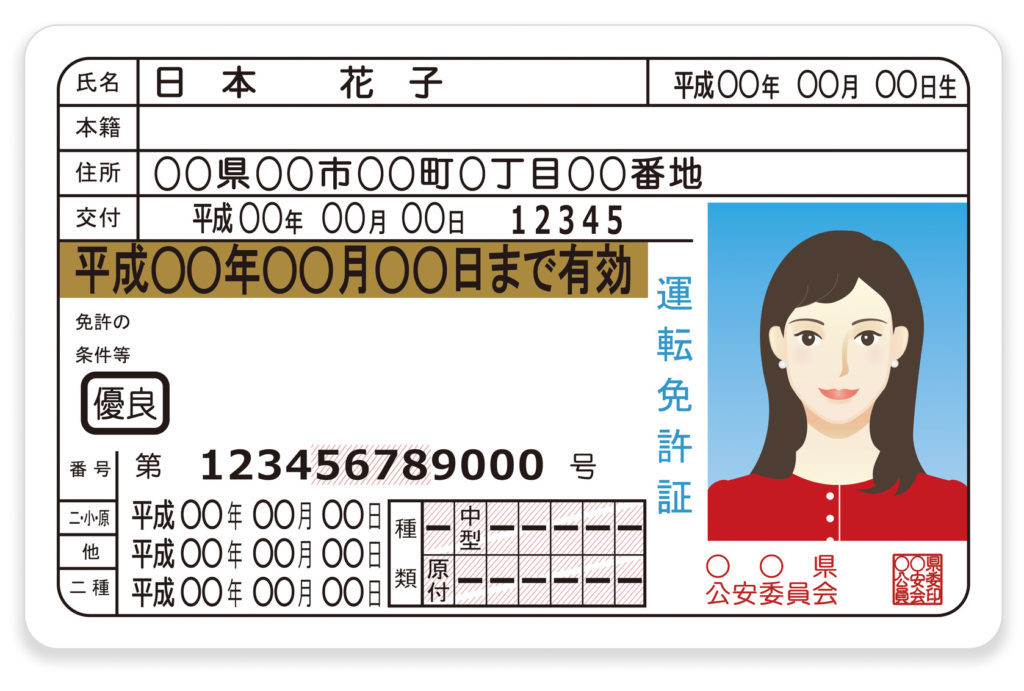
The good news: many foreign nationals can drive in Japan without taking the practical driving test. I was thrilled to discover that I could convert my British driving license to a Japanese one with minimal time and money. After doing this, I have a standard Japanese driving license that is identical to what a Japanese person would have after taking the test in their own country.
There are some nationalities who don’t even have to do the conversion process. If you are from Belgium, Estonia, France, Germany, Monaco, Switzerland or Taiwan, you can drive in Japan for up to 1 year with a valid driving license from your country and an official translation of said license. The translation can be obtained from the Japan Automobile Federation. However, you will have to carry the translation around with you every time you drive so you may prefer to convert your license in the end. If you plan on staying in Japan, we definitely recommend getting a proper Japanese license.
If you have a driving license issued in the above countries as well as Australia, Austria, Canada, Czech Republic, Denmark, Finland, Greece, Iceland, Italy, Republic of Ireland, Republic of Korea, New Zealand, the Netherlands, Norway, Portugal, Slovenia, Spain, Sweden, the United Kingdom, State of Maryland (USA) or State of Washington (USA) you may convert your license to a Japanese one without taking the practical test, thanks to bilateral agreements with Japan.
Those who cannot convert their licenses should skip the next section and head to “Taking the Test.”
Converting your license
In Tokyo, you can convert your license at Samezu Driver’s License Center, Fuchu Driver’s License Center, or Koto Driver’s License Center. Waiting times can be long so if you want your license issued the same day, try to get there early.
You will need:
- Your original driving license
- An official translation
- A juminhyo (residency certificate issued by your local city hall) to prove your current address (if it has your “My Number” on it you will be asked to black that out).
- Your residence card and passport
- A document to prove you were a resident of the country you got your license at least three months after it was issued. Your passport will usually suffice for this.
- A photo for the application form (you may have to take an additional photo at the center for the license itself).
The procedure to convert your license is bureaucratic and time-consuming but not unduly difficult and will cost you around ¥3,000. You will have your documents checked, have an eye test, and may have to answer some questions on your driving experience. It is doable if you don’t speak Japanese but if you aren’t confident in your language ability it might be a good idea to bring an interpreter with you.
Taking the practical test
Having not taken the test myself, I can’t speak from personal experience but many foreign-born residents pass the Japanese driving test every year. Opinions are mixed as to the difficulty but it’s definitely doable!
If you can already drive, you can apply for a Japanese driving license at Samezu, Fuchu and Koto driving centers. You will have to take an eyesight and hearing test, a written test, and a practical exam. This article talks about the practical test in more detail. If you are learning from scratch or feel like you need a refresher, Tokyo has driving schools dime a dozen. It’s a good idea to go for one that is licensed by the National Public Safety Commission. If you require an English instructor, Kiki Driving School offers this service.
On the road
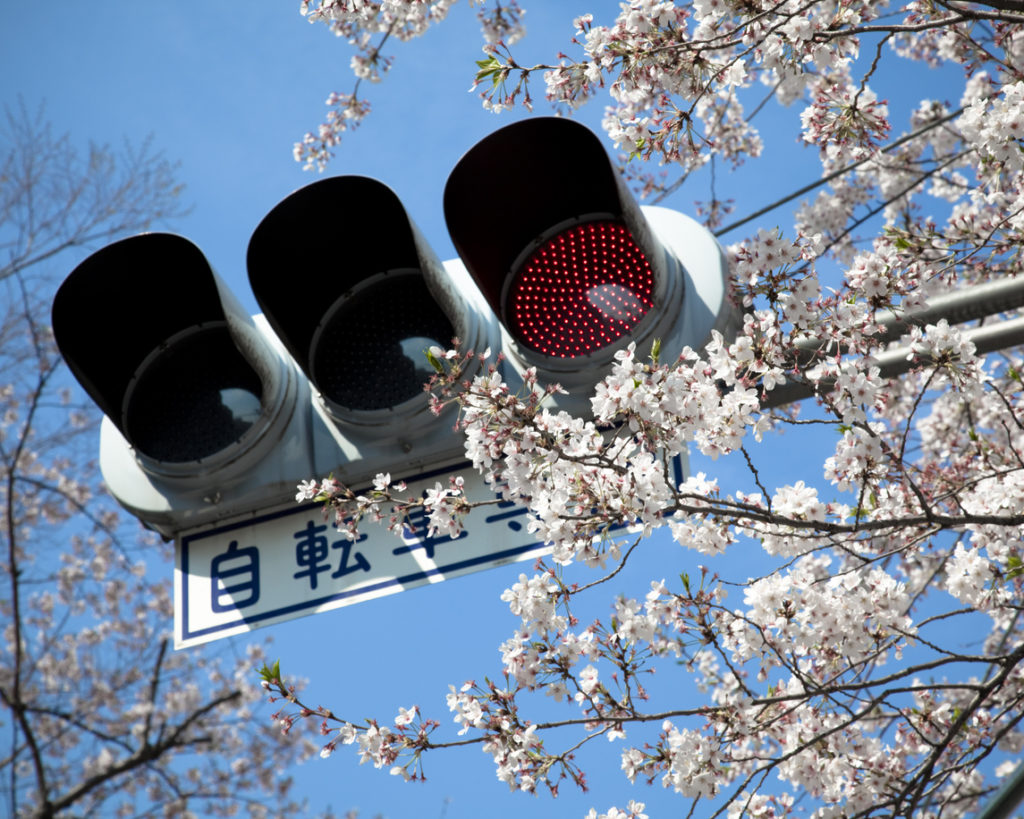
The rules of the road in Japan are too big a topic to cover in one article, but the Japan Automobile Federation publishes a paid full guide in English, Chinese, Portuguese and Spanish, which can also be purchased via Amazon and Kindle. That being said, here are some basic things to bear in mind.
- Drive on the left
- The national speed limit in Japan is 100 km/h on highways and 60 km/h on any other roads, unless otherwise posted. Look for signs.
- Check out this quick guide to essential road signs. Some are in kanji such as 止まれ (tomare – stop) and 徐行 (jyokou – slow) so learn these even if you aren’t studying Japanese. Others such as the sign for “wind” or “sound horn” may look different to what you are used to at home, so it is important to know what you’re looking at. In fact, if you take one thing away from this guide, read up on the road signs.
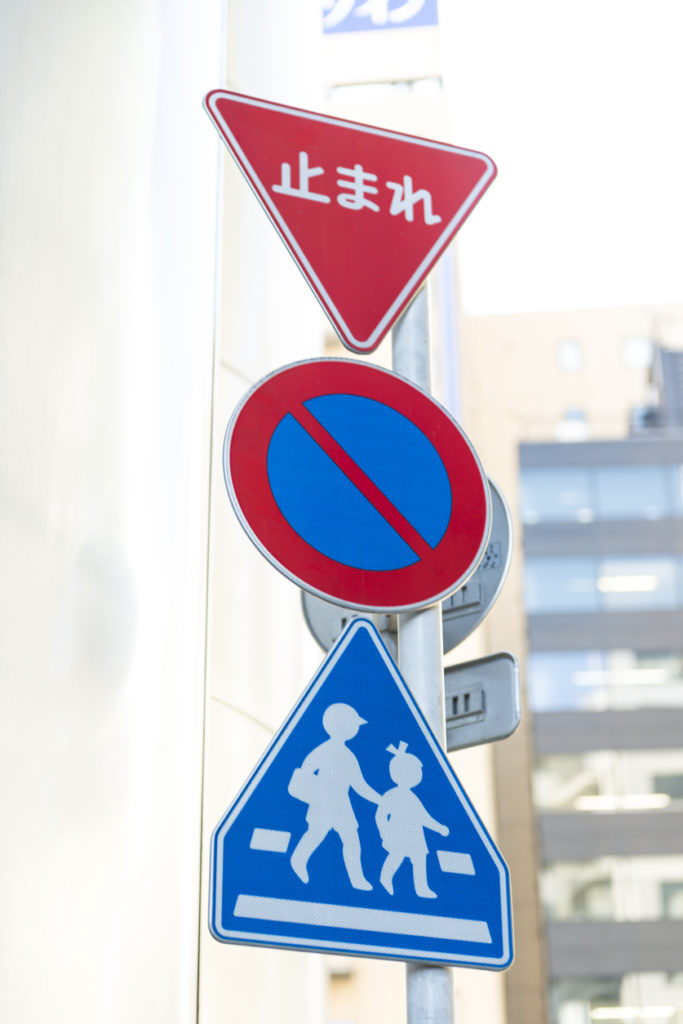
- Take extra care on pedestrian crossings. Sometimes you can legally turn left, even when the man is green for pedestrians.
- By law, you have to stop completely and look left and right every time you reach a train crossing (even when trains are obviously not approaching).
- Some of the bigger highways have tolls. When planning routes, your navigation can give you different options with various price estimations. For paying the toll you have two options, the Electronic Toll Collection System (ETC) which allows you to pay for the toll without stopping, or general cash (一般). Make sure you’re in the correct lane for your payment option.
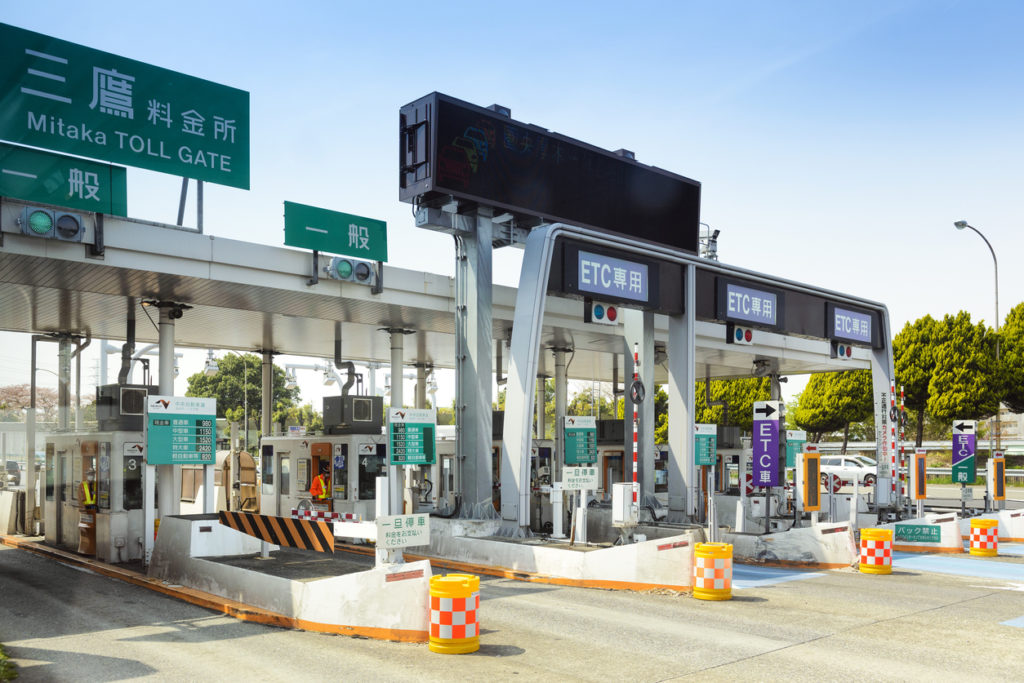
Cash (left) and ETC lanes (right) at a toll gate on a highway in Tokyo.
- There is a zero-tolerance policy for drinking and driving. You don’t get people “just having one.” Penalties are severe if you get caught.
- Speeding is sadly commonplace in Japan but do not partake. As well as being unsafe, speed cameras exist in Japan and policemen do pull people over regularly. If you get caught and your offense is minor, you will probably get off with a small fine and some points on your license. Serious or repeated offenses can lead to your license being revoked or even get charged with a criminal offense. They can also impact on visa renewal.
- Roads in Tokyo and the surrounding area are generally of good quality, but rural areas in other prefectures are a different ball game. If you do venture into the wild, wild inaka, expect roads to be smaller, less well maintained, and less likely to have signs in romaji or hiragana.
- Both self-service and full-service gas stations exist in Japan but self-service machines do not usually have an English option.
Renewing your license
Your license expires one month after your birthday, two years after it was issued (don’t ask me about the birthday thing, it doesn’t make sense to me either). Around this time, you will get a renewal card in the post. Your window for renewal is one month before and after your birthday. You will have to go to one of the driver’s license centers, pay a fee of around ¥3,000, submit documentation, and listen to a lecture on road safety. The plus side is, if you have no traffic violations, you will be upgraded from a green to a blue license, which lasts for three years. If these years are violation or accident-free you can get a gold license that lasts for five years and can save you money on your insurance.
Rental cars
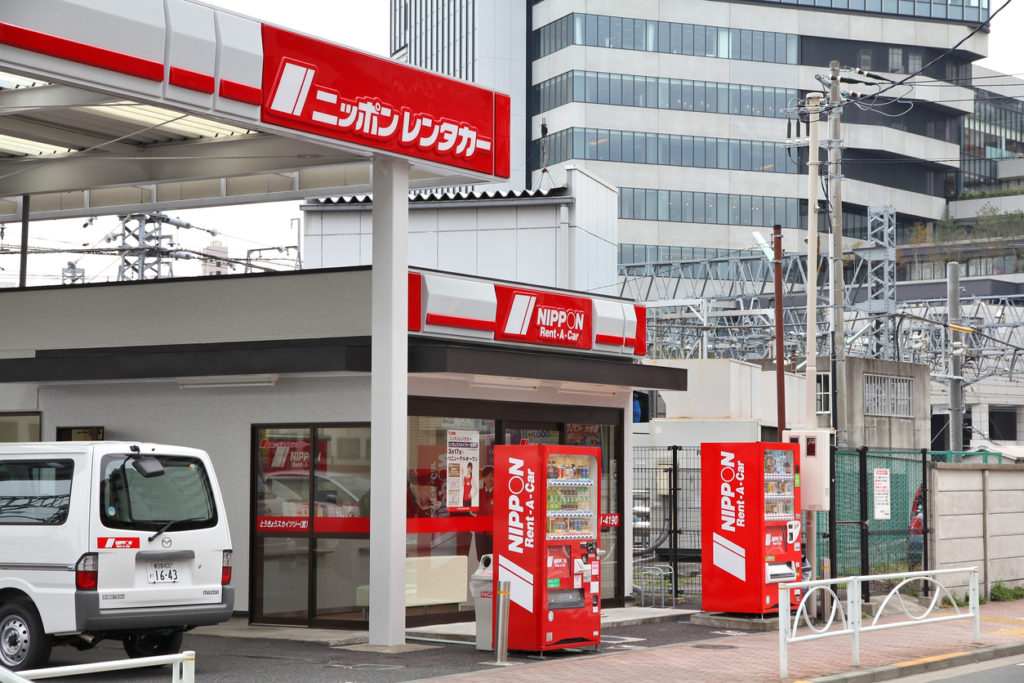
Nippon Rent-A-Car office in Tokyo. Nippon Rent-A-Car is one of the oldest and best-known car rental companies in Japan.
If you only want to drive on occasion, renting a car is the best option. When I first started to drive in Tokyo, I was impressed at how easy and convenient the rental car process was. Although discrimination against foreigners on the basis of nationality is rare, unfortunately, some rental car companies do prefer Japanese driving licenses as opposed to international driving permits so be sure to check. There are a number of national companies and independent rental car businesses available, as well as agencies that can help foreigners book. Times Car Rental comes recommended as it has an online booking in English and you may be able to drop the car off at a different branch from the one you picked it up at – great for onward journeys!
Most rental cars in Japan are automatics, which takes some getting used to for those of us who are accustomed to manual. Keep in mind that the navigation in the hirecar will be in Japanese, which can be tricky if your kanji isn’t too hot. If you’re concerned, bring a Japanese speaker the first time you go somewhere new or be prepared to use your phone for navigation instead.
Keep in mind that you are typically required to return the rental car clean and with a full tank or otherwise you will most likely be asked for extra cash.
Car sharing services
If you think you’ll need a car semi-regularly but not enough to buy one, car sharing could work well for you. The three main companies for this are Times Car Plus, Careco, and Orix. Usually, the share cars are located in car parks and even apartment buildings around the city, so it might be a good idea to look at the options close to you before becoming a member of one of these services. You will need a Japanese driving license and a credit card to sign up, and pricing will vary depending on the company and the type of car. You then book the nearest available car when you need it. When you’re done, you park it in one of the company’s approved locations.
These services are by and large Japanese language only. Signing up can be a little linguistically tricky, but once you have a membership their systems are easy enough to use with minimal Japanese. Being Japan, the cars are usually returned clean and in good enough condition even for those who hate sharing.
While driving is not essential for most people living in Tokyo, it can certainly enrich your life and open up new possibilities for travel and work. Getting to grips with the system in Japan can take time, effort and paperwork, but for many people, it’s definitely worth it.
Got a question about driving in Japan? Let us know!

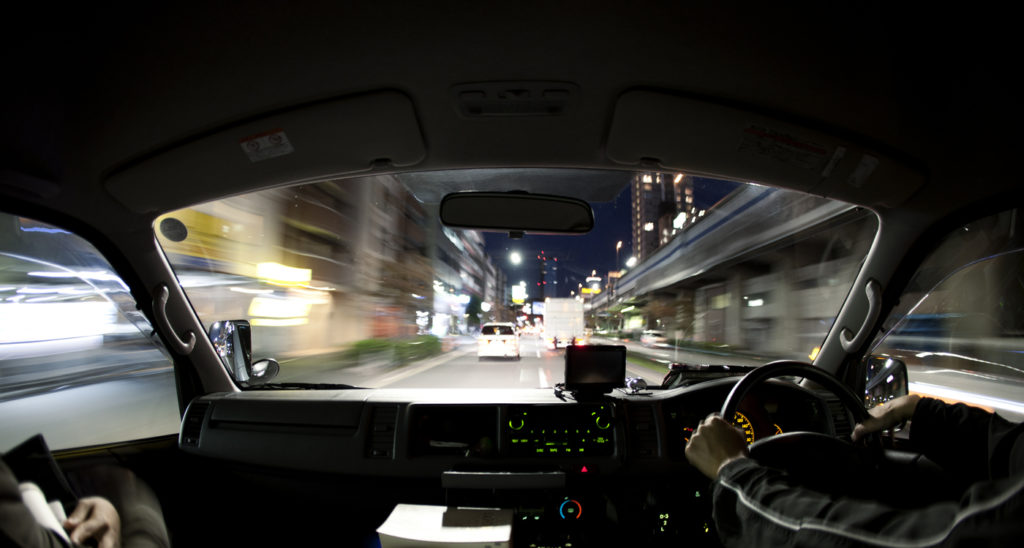














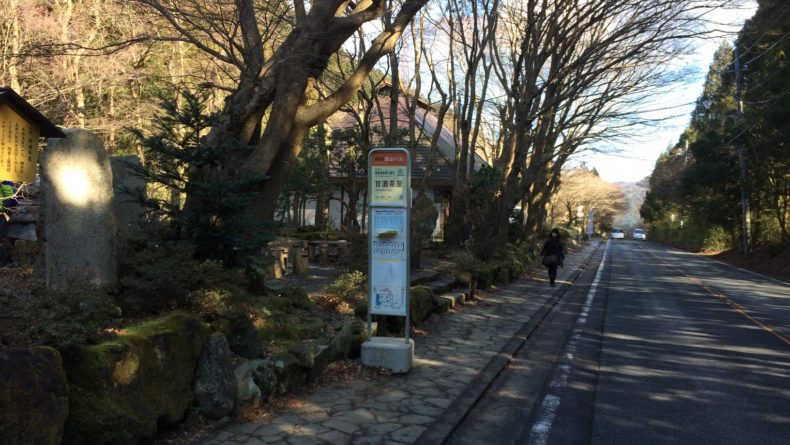
Leave a Reply